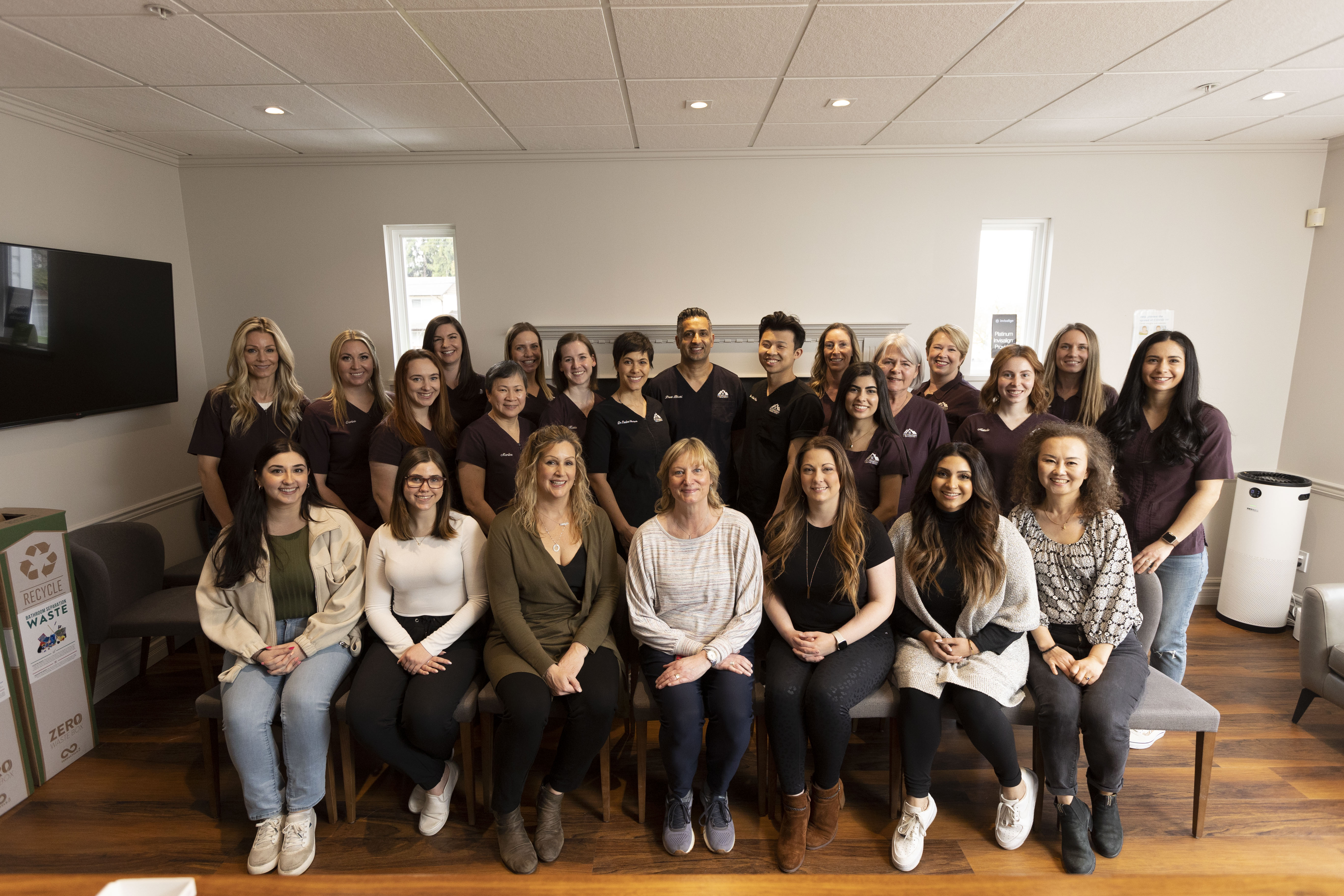
Welcome to Pitt Meadows Dental Centre
Where we blend artistry, technology, and compassion to craft the smile you've always dreamed of. Our team of dedicated dental professionals is committed to providing top-tier care that transforms your oral health and boosts your confidence.
Cosmetic Dentistry
Enhance the aesthetics of your smile with our expert cosmetic dentistry services. From teeth whitening to veneers, we'll help you achieve a smile that radiates confidence.
General Dentistry
Maintain optimal oral health with our comprehensive general dentistry services. Regular check-ups, cleanings, and preventive care ensure a strong foundation for a lasting, beautiful smile.
Restorative Dentistry
Regain your smile's functionality and appearance with our restorative dentistry solutions. Our team can expertly repair and replace damaged or missing teeth, giving you a reason to smile again.
Orthodontics
Our specialized team crafts personalized smiles using the discreet and comfortable Invisalign clear aligners. Say goodbye to traditional braces and hello to a confident smile. Discreetly aligning your teeth without the hassle of metal brackets. Transform your smile comfortably and seamlessly with our expert care and Invisalign technology.
Meet The Team
Visit Us
We're excited to welcome you to our dental clinic. Come experience exceptional care and personalized treatment.